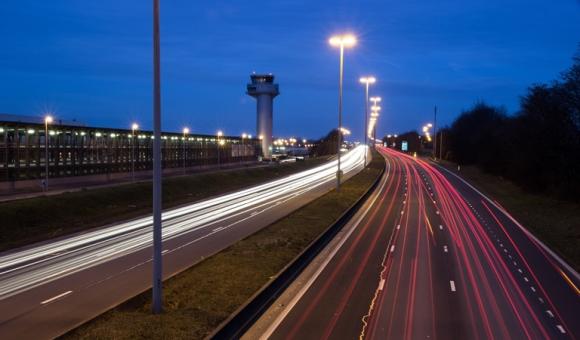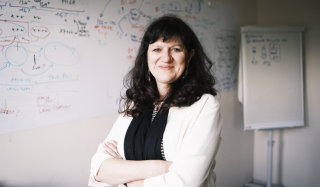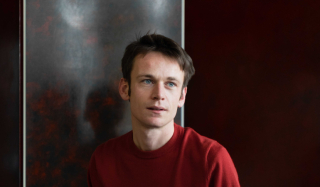
Wallonia is giving itself four years to equip its major roads with intelligent LED lighting. The "Lighting Plan 4.0", funded by Sofico, is the result of a public-private partnership entrusted to the LuWa consortium. This association is composed of the French company Citelum and Belgian companies Luminus, CFE and DIF, and its aim is to modernise lighting on the Walloon road network for a period of 20 years.
The objectives of this plan ? To save energy on the lighting of Walloon roads by adapting it to traffic density and, in the long term, to achieve an equipment availability rate of more than 99%. The public lighting points will be fitted with sensors and cameras so they can be managed in real time. "The plan will significantly reduce the energy bill by reducing consumption by almost 76%," said Carlo Di Antonio, Walloon Minister of Mobility. The device can also keep road users safe, through the implementation of new technologies capable of providing information to users (if there is fog or heavy rain, snow, an accident, works, a phantom driver, etc.), or even directly to cars if they are connected.
The launch took place at the Verlaine motorway service station (E42), in the presence of Walloon Minister-President Willy Borsus and Walloon Minister of Mobility Carlo Di Antonio. "The location for this presentation was not chosen by chance. The Verlaine service station is equipped with solar panels, LED lamps and charging stations for electric cars," explained Anne Grandjean, Communications Director at Luminus.
Wallonia is now investing in greener, more connected mobility. "We are implementing an intelligent transportation system, ITS, for connected vehicles," said John Lewis, President of Sofico. There are many applications for this type of system, with its computerised traffic management. For example, to better combat air pollution. Everything will be managed from the new Perex centre in Daussoulx, which will open in April. The cameras will be the eyes of Perex." In the long term, the plan will reduce CO2 emissions by 166,000 tonnes by considerably reducing light pollution.
Source : le Soir - l'Avenir







